Methylene Blue
£10.60
a versatile therapeutic agent with a range of applications. Known for its effectiveness in treating methemoglobinemia, this powerful solution also serves as a mild antiseptic for urinary tract infections and an essential dye in surgical procedures. With potential neuroprotective and mood-enhancing properties, Methylene Blue Solution supports cognitive health and overall well-being.
Standard Delivery
£5.25 including VAT.
Free delivery on orders over £200.
Click & Collect
Free collection from Polar Brite shop in Coggeshall.
Gift Vouchers
The are emailed to the recipient so these are free.
What is methylene blue?
Methylthioninium chloride, widely known as methylene blue, is a synthetic liquid drug with a vibrant blue color. It contains various compounds, including carbon, chlorine, hydrogen, nitrogen, and sulfur.
Methylene blue was first developed in the 1870s and used as a textile dye. However, scientists soon discovered its therapeutic effects on malaria and its antibiotic and antipsychotic potential.
Since the 19th century, methylene blue has been used to treat carbon monoxide and cyanide poisoning, as well as methemoglobinemia, a rare condition that affects the blood’s ability to transport oxygen.
Additionally, methylene blue has neuroprotective properties that may help support healthy brain function and potentially lower the risk of Alzheimer’s and Parkinson’s disease. Methylene blue supplementation may also improve mood, memory, focus, and fatigue.
How does methylene blue work?
Mitochondria are cellular organelles necessary for sustaining life. These organelles convert food into adenosine triphosphate (ATP), the body’s main energy currency, through a process called mitochondrial respiration.
Mitochondrial dysfunction is linked to a range of health concerns, including fatigue, cardiovascular conditions, neurodegenerative diseases, and gastrointestinal problems.
Methylene blue improves mitochondrial energy metabolism by acting as an artificial electron carrier in the electron transport chain (ETC), a series of proteins embedded in the inner membrane of mitochondria.
Electron carriers shuttle electrons between molecules for energy conversion. Methylene blue works by increasing mitochondrial respiration and transporting electrons through the ETC to release energy.
Methylene blue also helps improve mitochondrial function by boosting oxygen metabolism and transport, necessary for mitochondrial respiration and cellular energy production.
This unique drug enhances key mitochondrial biochemical pathways and improves oxygen transport by converting abnormal blood cells to normal blood cells, referred to as haemoglobin.
Methylene Blue particularly benefits:
- Patients with Methemoglobinemia:
- Primary Treatment: Methylene blue is the first-line treatment for methemoglobinemia, a condition where hemoglobin is unable to release oxygen effectively to body tissues.
- Individuals with Urinary Tract Infections (UTIs):
- Antiseptic Properties: It has mild antiseptic properties and can be used to treat UTIs, reducing symptoms and aiding in the elimination of the infection.
- People with Cognitive Impairments:
- Neuroprotective Effects: Research suggests methylene blue may have neuroprotective properties, potentially benefiting those with Alzheimer’s disease, other forms of dementia, or cognitive impairments by enhancing mitochondrial function and reducing oxidative stress.
- Patients Undergoing Surgical Procedures:
- Surgical Dye: It is used as a dye during surgery to identify and map out certain structures, helping surgeons perform more precise operations.
- Individuals with Cyanide or Carbon Monoxide Poisoning:
- Antidote: Methylene blue can be used as part of the treatment for cyanide or carbon monoxide poisoning, helping to restore normal cellular respiration.
- People with Drug-Induced Methemoglobinemia:
- Treatment of Drug Toxicity: Certain medications can induce methemoglobinemia, and methylene blue can be used to counteract this side effect.
- Research and Diagnostic Purposes:
- Cell and Tissue Staining: It is commonly used in laboratories to stain cells and tissues for better visualization under a microscope, aiding in research and diagnostic procedures.
- Patients with Septic Shock:
- Vasopressor: In some cases, methylene blue is used off-label to treat septic shock due to its vasopressor properties, helping to improve blood pressure and circulation.
- Mental Health Applications:
- Mood Disorders: Preliminary research suggests potential benefits for mood disorders such as bipolar disorder, due to its ability to improve mitochondrial function and reduce oxidative stress.
- People with Chronic Fatigue Syndrome:
- Energy Metabolism: By enhancing mitochondrial function, methylene blue might help alleviate symptoms of chronic fatigue syndrome, though more research is needed in this area.
Directions:
Take 5ml per day. Do not exceed the recommended daily intake. Food supplements should not be used as a substitute for a varied diet and healthy lifestyle.
Potential benefits
May improve depression
Methylene blue can increase the release of neurotransmitters in the brain, including dopamine, norepinephrine, and serotonin.
These neurotransmitters are chemical messengers that help regulate mood and are widely known as feel-good hormones.
A study published in Biological Psychiatry found that daily methylene blue supplementation had potent antidepressant effects in those with severe depressive illness.
In addition, methylene blue may improve anxiety in those with bipolar disorder.
2. Supports cognition
Pharmaceutical-grade methylene blue can cross the blood-brain barrier and may help reduce oxidative stress in the central nervous system.
“Methylene blue is very effective in tissues that demand high amounts of oxygen, such as the brain,” explains Dr. Berg. “This shows promise in protecting against neurodegenerative diseases, such as Parkinson’s and Alzheimer’s disease.”
Research published in Cureus found that methylene blue has various neuroprotective benefits, including improving memory and cognitive function.
3. Antimicrobial properties
Methylene blue has been shown to have antimicrobial effects against several fungi species and infectious bacterial strains.
A study published in the Journal of Orthopedic Surgery and Research found that methylene blue contains antimicrobial agents that inhibit the growth of candida species, Staphylococcus bacteria, and Escherichia coli (E. coli).
These bacteria are associated with vaginal yeast infections, oral thrush, staph infections, and urinary tract infections (UTIs).
4. Antiviral effects
Methylene blue was first used to treat malaria in the 1890s. While it has mostly been replaced with other antimalarial drugs, methylene blue has shown effectiveness against viral infections, including the flu virus and severe acute respiratory syndrome (SARS).
Ingredients
Deionised Water, Humectant (Glycerol), Copper Chlorophyllin, Emulsifier (Polysorbate), Spearmint Oil



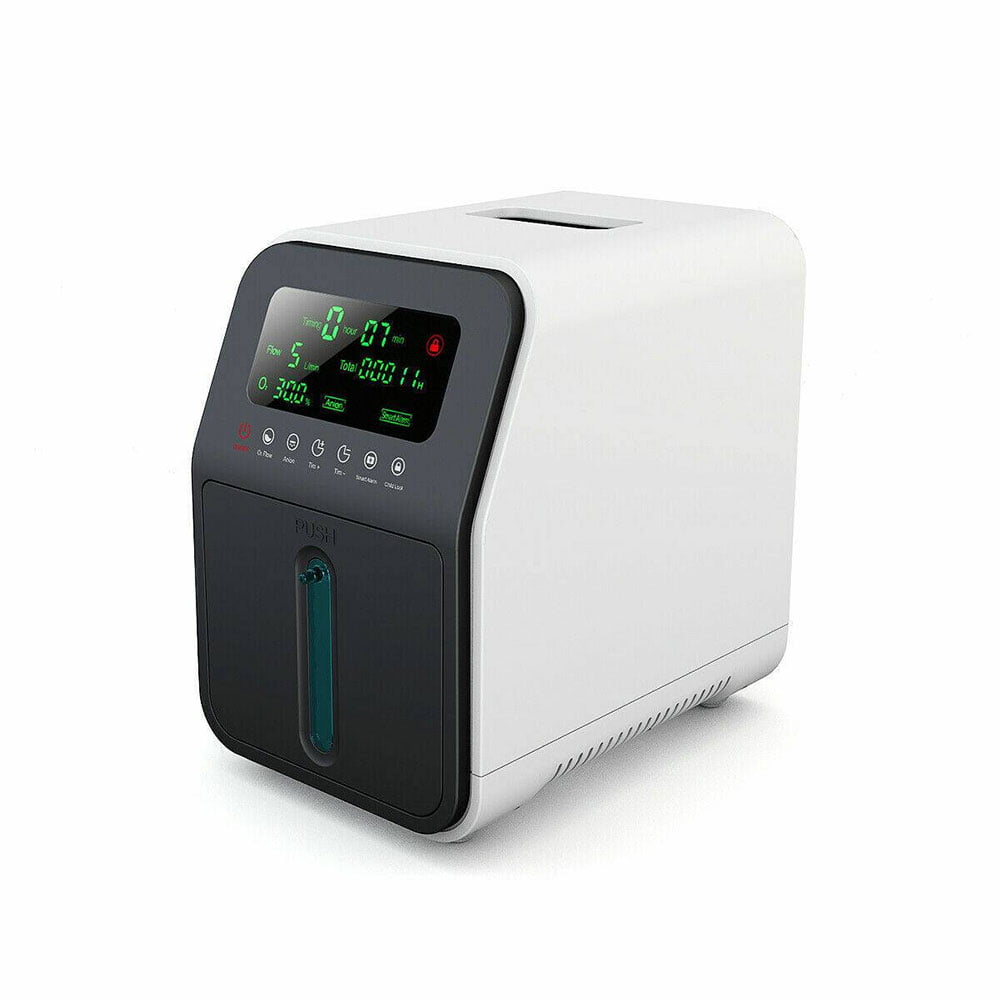

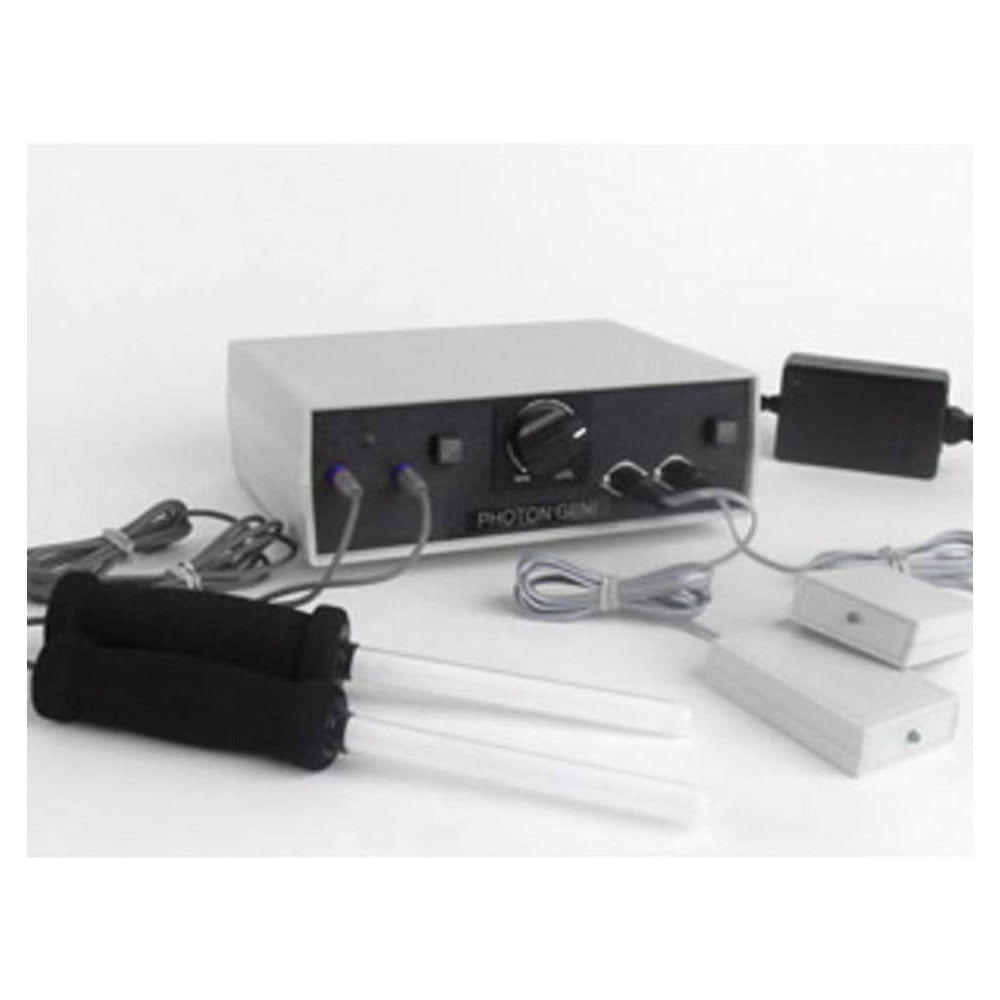


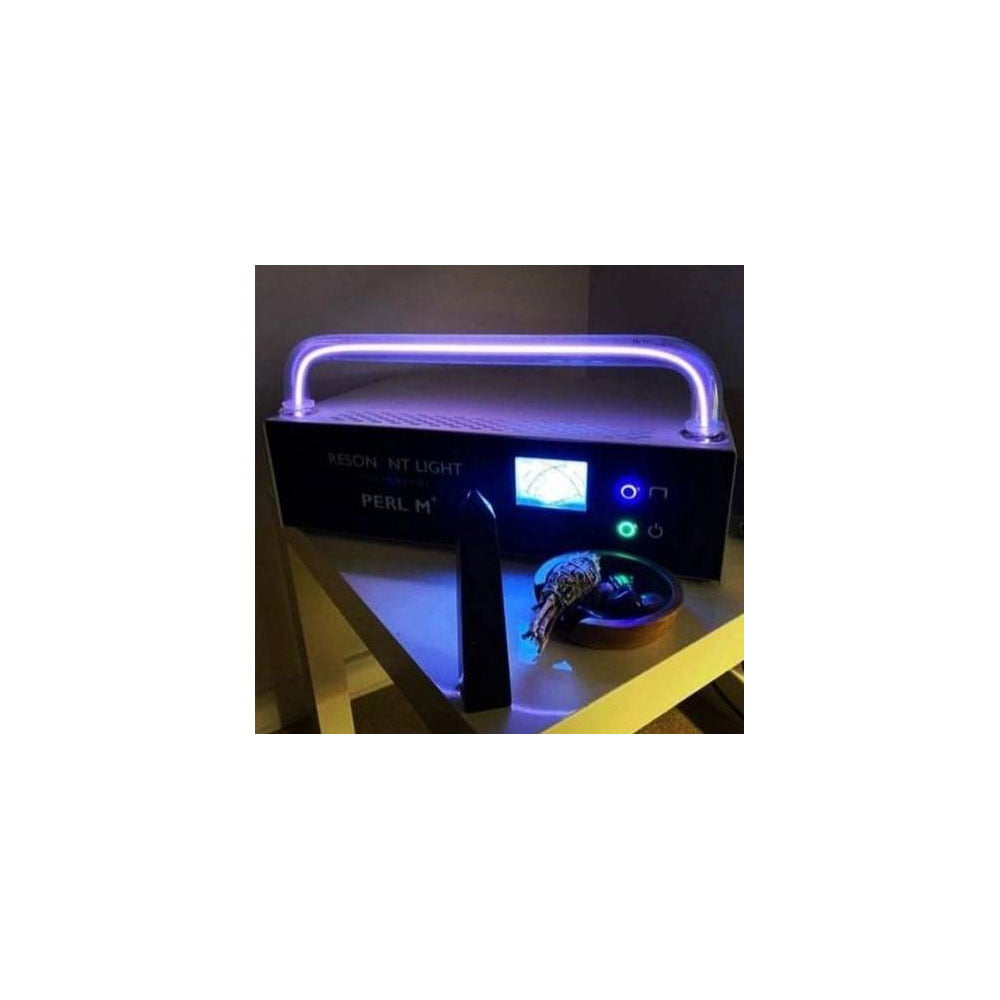
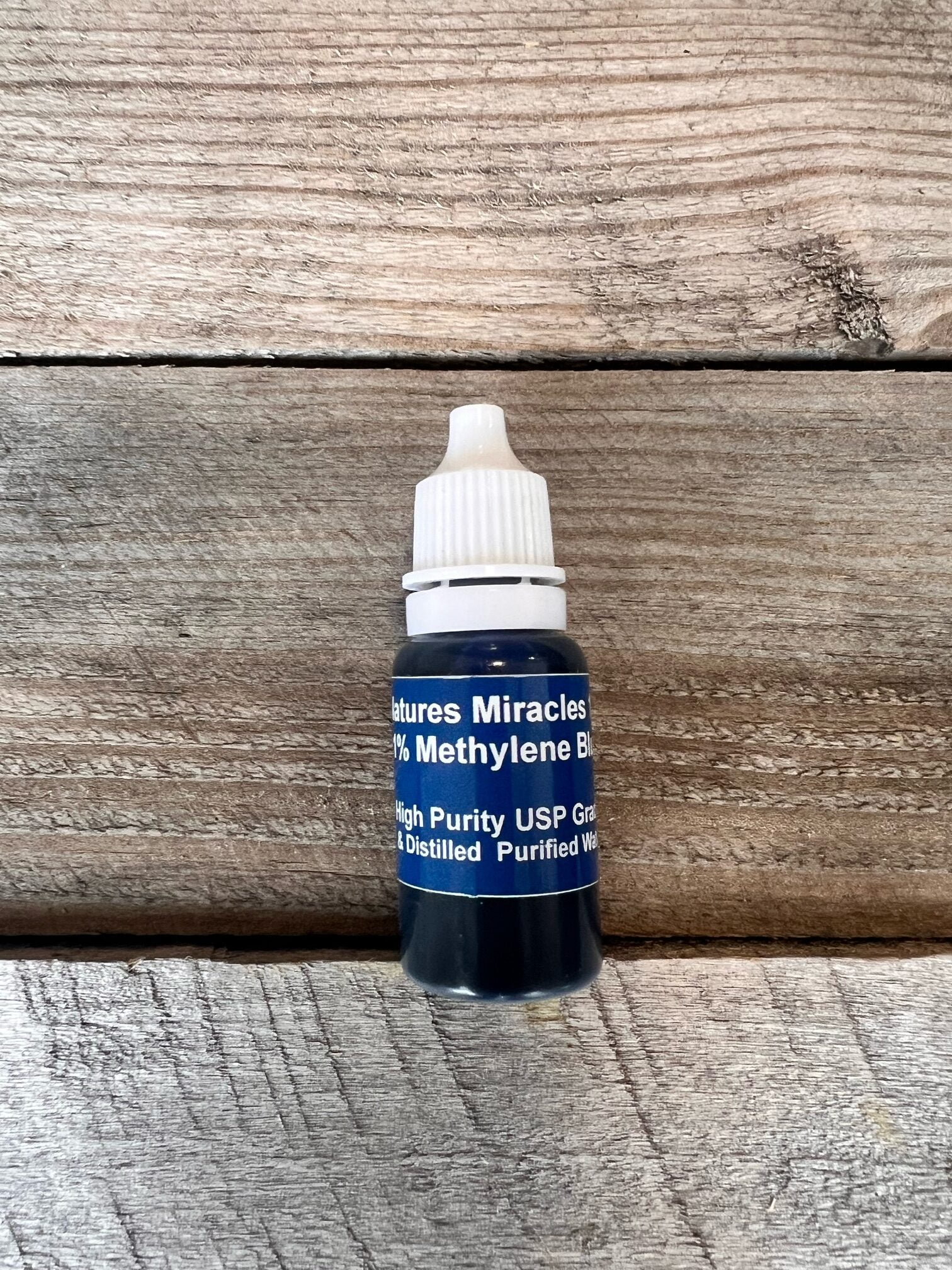
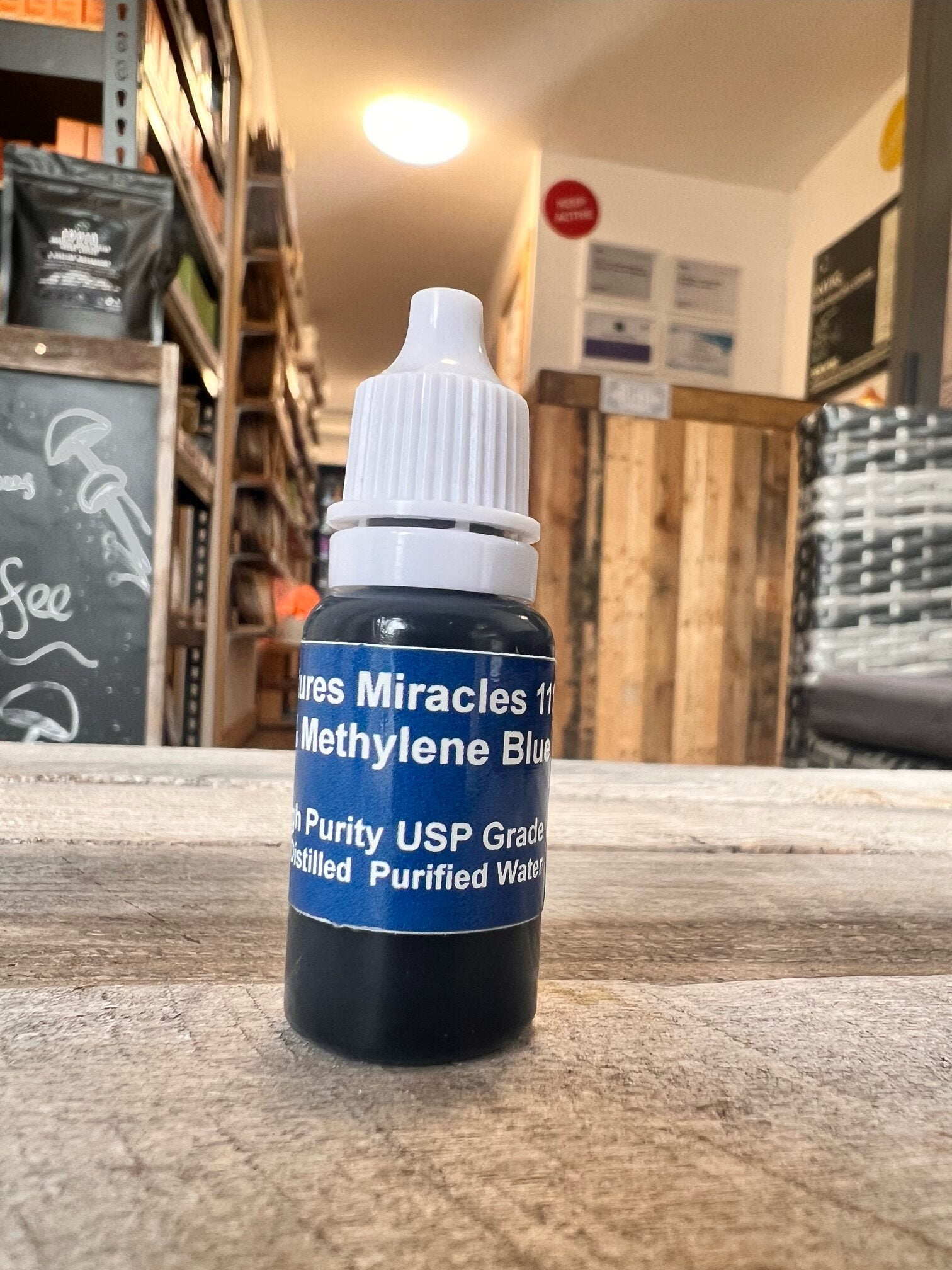




Reviews
There are no reviews yet.